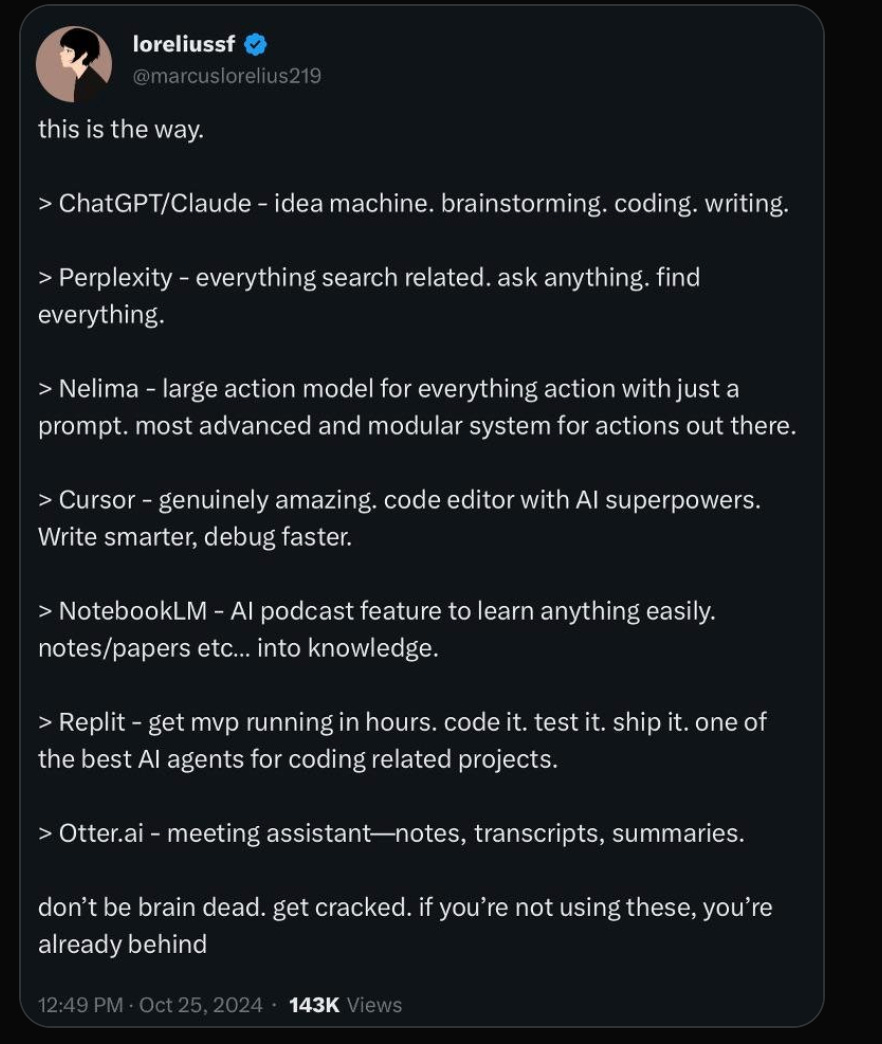uncertainity in lifetime value
AI is Shaking Up LTV Predictions. With so much change, it’s hard to know where metrics will land—but it’s a challenge worth diving into.
Tomasz makes some great points about the role of LTV in software today here. Metrics like NDR are down year-over-year, payback periods are getting longer, and yet there’s barely any guidance from a leading speaker on what to expect in the next 18-24 months. This uncertainty stems from how fast AI is transforming software. AI isn’t just shifting pricing models; it’s also changing how customers interact with products that now feature AI, making it tough to model true lifetime value (LTV).
LTV has always been one of the most fascinating metrics in software and definitely in my top 10 favorites (I’ll dive into that soon). It’s not just a standalone figure but is crucial when used with metrics like payback and normalized LTV/CAC. Despite all the changes in software, LTV will continue to be relevant for years to come.
As ARR definitions shift, pricing models evolve, and organizations start to rethink revenue assumptions, we’re bound to see new approaches in building high-resolution churn cohorts. Churn modeling, already challenging, is only becoming more intricate as these changes take hold.
One fresh challenge that companies will face is understanding how much AI-led engagement boosts LTV. In the past, ARPU projections were often quite linear, but with AI, we’re likely looking at non-linear benefits. Agent-driven interactions could significantly change the game in ways we haven’t fully seen yet.
Another layer of complexity in long-term LTV modeling is adjusting for pre- and post-COVID dynamics. Sure, there are methods to smooth out outliers and spot long-term trends, but COVID permanently shifted product usage patterns, adding new challenges to modeling churn and usage assumptions accurately.
Modeling churn itself is getting trickier, especially for non-subscription businesses. Usage patterns now span multiple products, often across 3-5 tools in a single workflow that changes constantly (illustrative tweet linked below). This evolution complicates the definitions of usage and churn since it’s tough to determine when a user has truly gone inactive.
We’re probably a few years away from standardized approaches that account for everything we’ve seen in the past five years. But I believe that figuring out how to normalize diverse pricing and GTM models to calculate metrics like ARPA, churn, and expected monthly revenue will be one of the most rewarding problems to solve.


